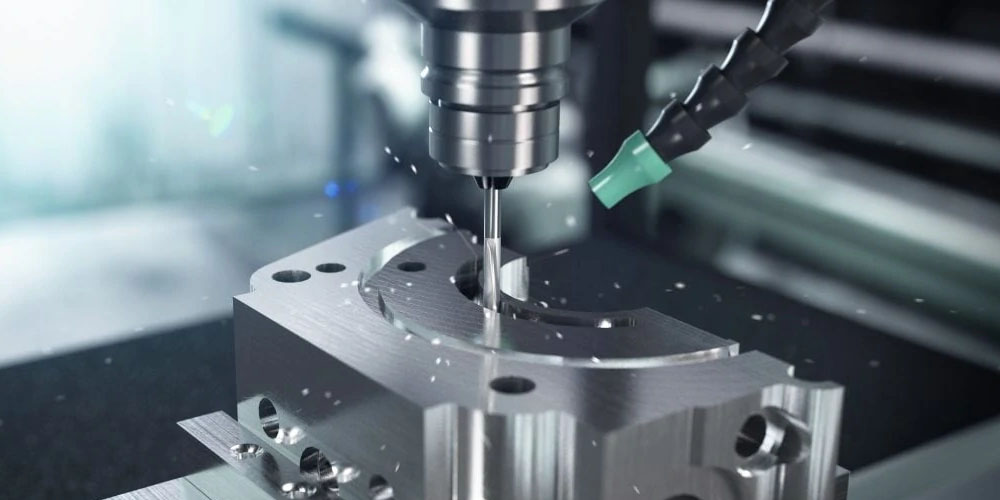Rapid prototyping is an agile process used throughout the production process of a new product. This strategy allows for three-dimensional models or prototypes of a product to be created and tested severally to optimize its characteristics. Such characteristics include the product's shape, size, and general functionality. The market features a wide range of prototyping companies that manufacturers or product developers can choose from. When choosing the best rapid prototyping companies, it is always wise to choose one that offers different rapid prototyping techniques. This post covers the primary rapid prototyping techniques that you should know of.
Popular rapid prototyping techniques
The market features a wide range of rapid prototyping techniques. Below are some of these techniques;
1. SLA or VAT photopolymerization technique
This is a fast and affordable method of creating product prototypes. It was the first successful form of commercial 3D printing. The technique applied a bath of photosensitive liquid. The liquid is solidified, one layer after another, using UV light. A computer normally controls the UV light.
2. SLS prototyping
This technique uses metal and plastic prototyping materials. In SLS prototyping, a powder bed is applied for constructing one layer at a time using a heat laser and sintered powder. While this is an effective method, it is not on the same level as the former. This is because SLS parts are not usually as strong as SLA prototypes. Therefore, they often require finishing techniques and secondary works to improve their quality and strength.
3. Material jetting
This is an inexpensive, rapid prototyping technique. The process is easy to use. This is one of the reasons it is found in a lot of non-industrial desktop 3D printers. In material jetting, a spool of thermoplastic filament is melted inside a nozzle barrel. The resulting molten plastic is then laid down, one layer after another. How it is laid down depends on the design of a computer deposition program. This is an ideal method for rapid prototyping as it keeps advancing over the years.
4. Binder jetting
This rapid prototyping technique allows for the production of one or many parts at the same time. This technique applies a powder bed on which nozzle sprays deposit micro-fine droplets of liquid are laid. The liquid droplets bond with the powder particles to form layers of a product. Several layers are created. Each layer is compacted with a roller before the next one is laid. Once the prototype manufacturing is completed, the product is cured in an oven. The aim is to burn off the binding agent and fuse the powder with the part.
5. DLP
This rapid prototyping technique is quite similar to SLA as it also uses the polymerization of resins. The primary difference between the two techniques is that the resins are cured using a more orthodox light source in DLP prototyping.
Conclusion
Other methods of rapid prototyping are sheet lamination and powder bed infusion. The type of technique you choose for your rapid prototyping needs depends on the type of industry and product you wish to manufacture. Rapid prototyping is an essential process as it allows you to get a complete picture of how a product will look and function before you start producing it in mass.


